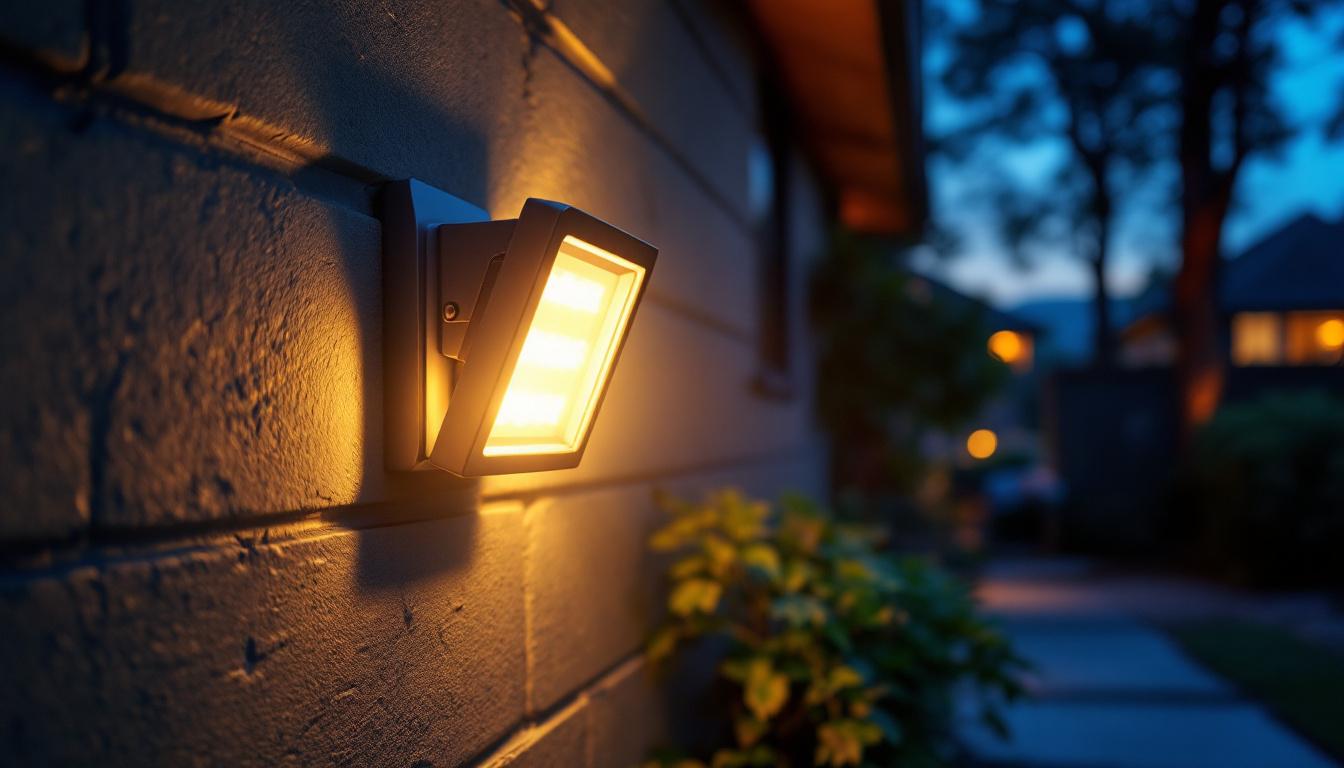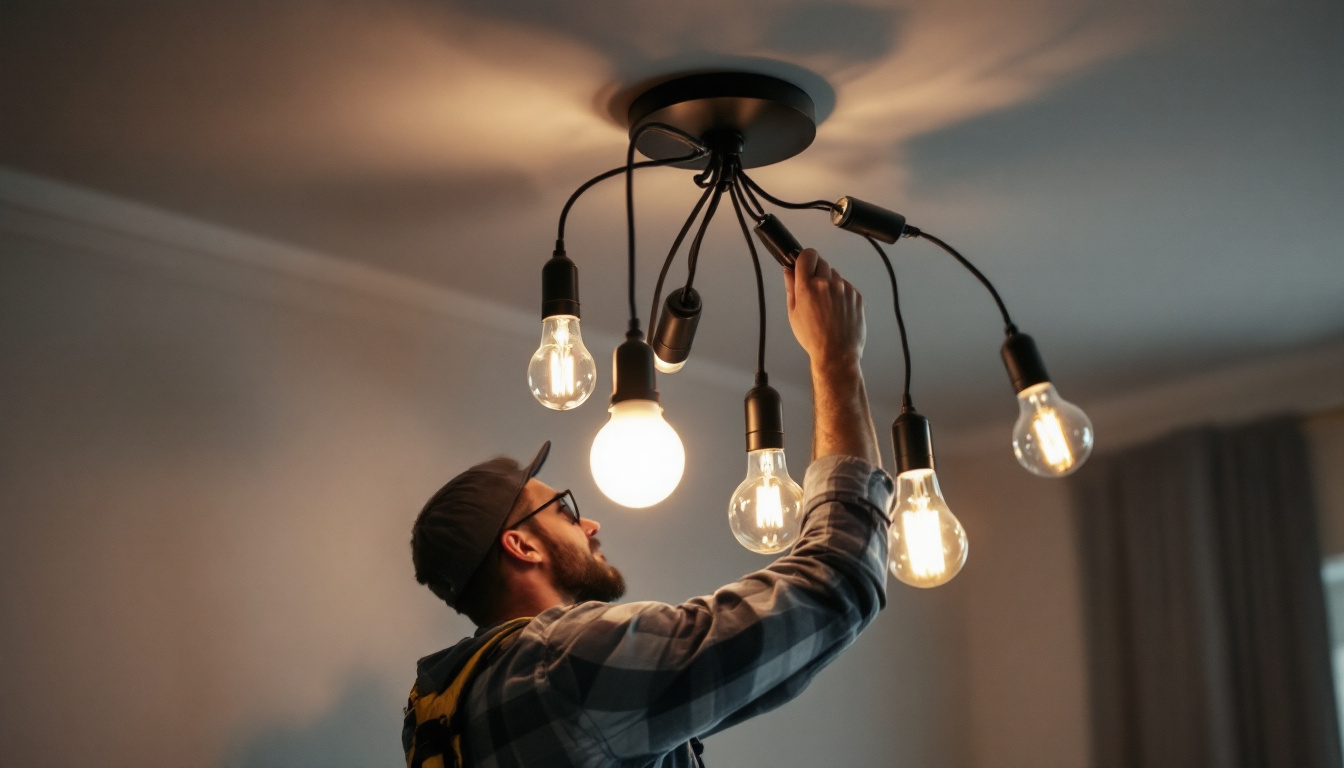
In the world of lighting, the 4 tube fluorescent fixture remains a staple for many commercial and industrial applications. Its versatility, energy efficiency, and ability to provide ample illumination make it a popular choice among contractors and facility managers alike. However, ensuring that your team is well-trained in the nuances of installing, maintaining, and optimizing these fixtures is crucial for delivering quality service. This article explores effective strategies for training your team in lighting, specifically focusing on 4 tube fluorescent fixtures.
Before diving into training methods, it’s essential to establish a solid foundation of knowledge about fluorescent lighting. Understanding the principles behind how these fixtures operate can significantly enhance your team’s ability to troubleshoot and optimize their use. This foundational knowledge not only empowers your team to make informed decisions but also fosters a culture of safety and efficiency in the workplace.
Fluorescent lighting operates on a principle that involves gas discharge. When an electric current passes through the gas in the tube, it excites the gas molecules, producing ultraviolet light. This light then interacts with a phosphor coating on the inside of the tube, converting it into visible light. This process is not only efficient but also results in a longer lifespan compared to traditional incandescent bulbs. Moreover, the technology behind fluorescent lighting has evolved over the years, leading to the development of compact fluorescent lamps (CFLs) and high-intensity discharge (HID) lamps, which further enhance energy efficiency and light quality.
4 tube fluorescent fixtures offer several advantages that make them ideal for various settings. They provide high lumen output, which is beneficial for large spaces that require bright illumination. Additionally, these fixtures are energy-efficient, consuming less power while delivering the same amount of light as higher wattage incandescent bulbs. Their long lifespan also means reduced maintenance costs, making them a cost-effective solution for businesses. Furthermore, the versatility of 4 tube fixtures allows for various configurations and dimming options, enabling users to customize lighting levels according to specific tasks or ambiance requirements. This adaptability is particularly valuable in environments such as offices, warehouses, and retail spaces, where lighting needs can vary throughout the day.
A well-structured training program is essential for equipping your team with the necessary skills and knowledge. This program should encompass both theoretical knowledge and practical experience to ensure a well-rounded understanding of 4 tube fluorescent fixtures. By investing time and resources into a robust training initiative, you not only enhance the capabilities of your workforce but also foster a culture of continuous learning and improvement within your organization.
Before developing a training program, it is crucial to identify specific objectives. What do you want your team to achieve? Some common objectives might include:
By clearly defining these objectives, you can tailor your training sessions to meet the specific needs of your team. Additionally, consider incorporating metrics to evaluate the success of these objectives post-training. This could involve assessments or practical demonstrations that allow you to measure the knowledge gained and the confidence levels of your team members in applying what they have learned.
Different individuals absorb information in various ways, so incorporating a mix of learning methods can enhance the training experience. Consider the following approaches:
This blend of methods can cater to different learning styles, ensuring that all team members grasp the material effectively. Furthermore, incorporating interactive elements such as group discussions or role-playing can stimulate engagement and encourage participants to share their insights and experiences. This collaborative environment not only enhances learning but also builds camaraderie among team members as they work together to solve problems and share best practices.
Hands-on training is particularly important in the lighting industry, where practical skills are crucial for successful installation and maintenance. Implementing effective hands-on training techniques can significantly enhance your team’s proficiency.
Creating mock installation scenarios can help your team practice their skills in a controlled environment. Set up a space where team members can install 4 tube fluorescent fixtures as they would in a real-world setting. This practice allows them to familiarize themselves with the tools and techniques required for installation.
During these mock installations, encourage team members to work in pairs or small groups. This collaborative approach fosters teamwork and allows individuals to learn from one another. Additionally, consider introducing common challenges they might encounter during actual installations, such as dealing with difficult access points or integrating fixtures with existing electrical systems.
To prepare your team for real-world challenges, incorporate troubleshooting exercises into your training program. Present them with common issues that may arise with 4 tube fluorescent fixtures, such as flickering lights or complete fixture failure. Encourage team members to diagnose the problems and propose solutions.
These exercises not only enhance problem-solving skills but also build confidence in their ability to address issues independently. Consider using case studies from past projects to illustrate how specific problems were resolved, providing a practical context for the training.
Safety is paramount in any electrical work, and training your team on safety protocols is essential. Ensuring that all team members are aware of safety practices can prevent accidents and injuries on the job site.
Familiarize your team with relevant electrical safety standards and codes. This knowledge will help them understand the legal requirements for installation and maintenance of 4 tube fluorescent fixtures. Emphasize the importance of adhering to these standards to ensure both safety and compliance.
Training should also cover the proper use of personal protective equipment (PPE). Ensure that team members understand what PPE is necessary for working with electrical fixtures, including gloves, safety glasses, and hard hats. Conduct demonstrations on how to properly use and maintain this equipment.
Additionally, stress the importance of conducting a risk assessment before starting any installation or maintenance work. This proactive approach can help identify potential hazards and mitigate risks effectively.
The lighting industry is constantly evolving, with new technologies and techniques emerging regularly. To keep your team at the forefront of the field, it is essential to promote continuous education and skill development.
Encourage team members to pursue professional development opportunities, such as attending workshops, seminars, or industry conferences. These events provide valuable insights into the latest trends and advancements in lighting technology.
Consider offering incentives for team members who actively seek out and complete additional training. This could include financial support for courses or recognition within the company for their commitment to professional growth.
Regularly share industry news and updates with your team. This could include information on new products, technologies, or best practices in the field of fluorescent lighting. Establishing a culture of knowledge sharing can foster a more informed and engaged team.
Utilizing newsletters, internal communication platforms, or even team meetings to discuss these trends can keep everyone aligned and motivated to stay current in their skills and knowledge.
To ensure that your training program is effective, it is important to implement methods for measuring its success. Evaluating the impact of training on your team’s performance can help identify areas for improvement.
Soliciting feedback from team members after training sessions can provide valuable insights into what worked well and what could be improved. Consider using surveys or informal discussions to gather their thoughts on the training content, delivery, and overall experience.
Encourage open communication, allowing team members to express their opinions without fear of repercussions. This feedback can guide future training initiatives and help refine the program to better meet the needs of your team.
Establishing performance metrics can also help measure the effectiveness of your training program. Track key indicators such as installation times, error rates, and customer satisfaction levels before and after training sessions. This data can provide concrete evidence of the impact of training on team performance.
By analyzing these metrics, you can identify trends and areas where additional training may be necessary, ensuring that your team continues to improve and excel in their roles.
Training your team in the nuances of 4 tube fluorescent fixtures is an investment that pays dividends in quality, efficiency, and safety. By creating a comprehensive training program that encompasses theoretical knowledge, hands-on experience, safety protocols, and continuous education, you can equip your team with the skills they need to succeed.
As the lighting industry continues to evolve, staying informed and adaptable is crucial. By fostering a culture of learning and improvement, your team will not only enhance their individual capabilities but also contribute to the overall success of your business. Embrace the challenge of training, and watch as your team transforms into a well-rounded, knowledgeable group of lighting professionals.
Ready to elevate your lighting game with the 4 tube fluorescent fixtures and beyond? At LumenWholesale, we’re committed to providing you with the highest quality, spec-grade lighting products at prices that respect your bottom line. Say goodbye to local distributor markups and hello to our unbeatable wholesale deals, complete with the convenience of free shipping on bulk orders. Whether you’re training your team or stocking up for the next big project, trust LumenWholesale to light the way. Discover our extensive selection and experience the best value in wholesale lighting by visiting Wholesale Lighting at the Best Value.

Discover the must-have tools and techniques for lighting contractors installing the Plugin Bright Wall Lamp Light in bathrooms.

Discover how motion detector flood light bulbs are revolutionizing the lighting industry, offering contractors an innovative solution for enhanced security and energy efficiency.

Discover why selecting the right light bulbs for ceiling lights is crucial for lighting contractors.

Discover the essential resources lighting contractors rely on to master the art of illuminating buildings.